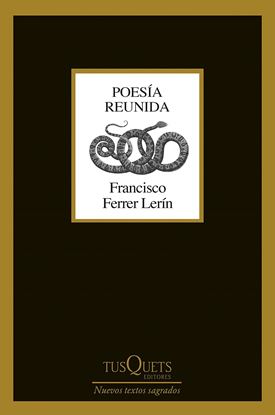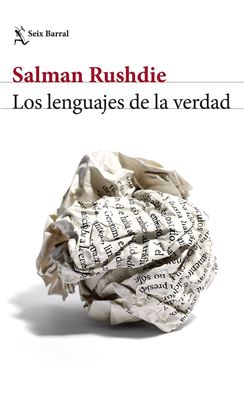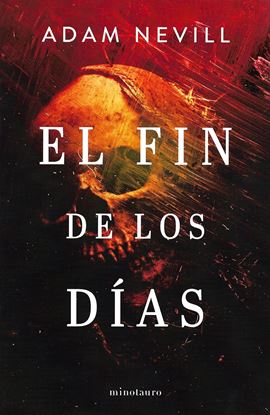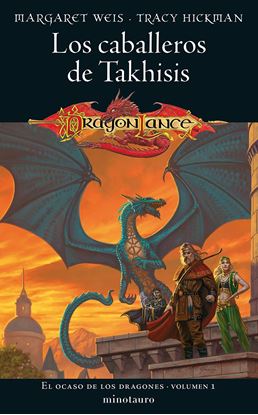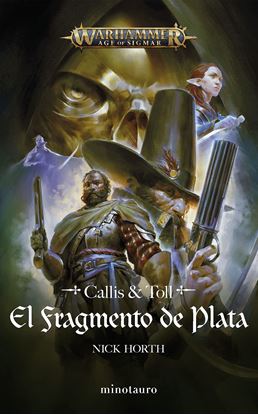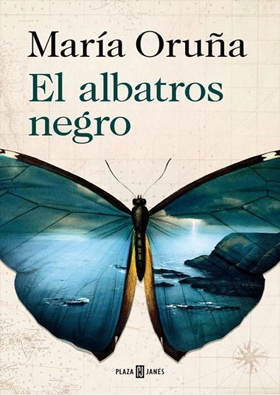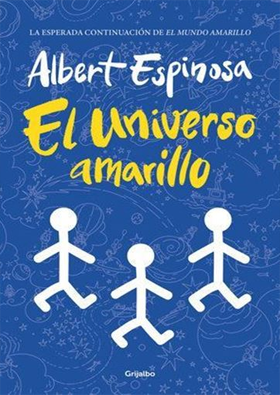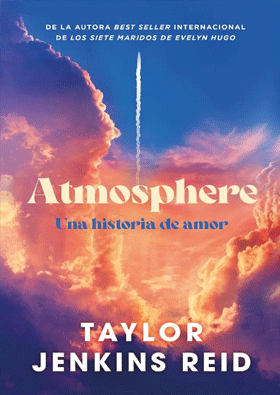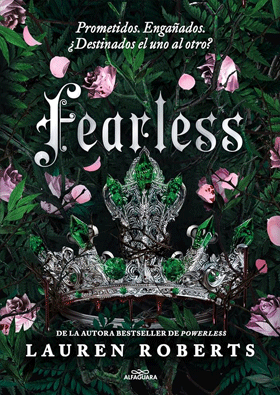

POESIA REUNIDA
Toda la obra reunida de un poeta que forma ya parte imprescindible de la lírica en España.
La presente Poesía reunida acopia toda la «libertad imaginativa y fervor iconoclasta», toda la tensión seductora y el humor taumatúrgico de este legislador secreto, desde su primer libro, De las condiciones humanas, hasta el reciente Grafo pez (2020), pasando por La hora oval, Cónsul, Fámulo, Hiela sangre y El libro de la confusión (los tres últimos publicados en Tusquets Editores), además de algún inédito. Se añaden en este volumen los abundantes poemas contiguos a sus primeros libros, recogidos por Javier Ozón Górriz en Edad del insecto, entre otros diversos materiales descollantes que dan por fin la fiel y mejor imagen de la revulsiva radicalidad de este poeta.
995
746
NANA DE LA MEDUSA
Lírica combativa, cruda, honda: ajena a cualquier zona de confort.
Nana de la medusa es el primer libro de poemas de Marina Perezagua, una auténtica ráfaga de aire fresco en la poesía española actual. Su escritura es contundente, atrevida, sarcástica o sensitiva, despliega todos sus recursos para poner en pie una poesía anfibia, híbrida en su búsqueda entre la narración y la palabra puramente lírica.
Con gran rigor estilístico, sensualidad e ironía, esgrime la escritura para intentar responder a ciertos interrogantes clave en su vida y de la nuestra en general: por qué somos pasto de la emigración, accederemos a una verdadera experiencia amorosa, en qué deriva tan cruel del mundo en general nos vemos embarcados.
Todas estas cuestiones y otras tan espinosas como estas se encuentran presentes en los poemas de Marina Perezagua, que tienen una importancia clave en su transformación en una persona distinta a la que fue en otro tiempo.
650
488
LOS LENGUAJES DE LA VERDAD
Salman Rushdie es célebre por la mirada lúcida, y a menudo mordaz, con que analiza aspectos claves de nuestra sociedad y nuestra cultura. En este volumen reúne reflexiones en las que explora su relación con la palabra escrita al tiempo que ahonda en grandes cuestiones universales como la migración y el multiculturalismo, la libertad de expresión o la censura.
En Los lenguajes de la verdad se materializa el compromiso intelectual del autor con un periodo de cambio cultural trascendental. Esta colección de ensayos, escritos durante diecisiete años y reunidos por primera vez, constata que tanto la búsqueda de la verdad como nuestra necesidad de interpretar y explicar el mundo siguen siendo una parte indisoluble de la naturaleza humana.
1,750
1,313
EL FIN DE LOS DIAS (NE)
El director de documentales Kyle Freeman está pasando por una mala racha. Se enfrenta a la bancarrota y al olvido, hasta que acepta el encargo para hacer un documental nada corriente. En 1975, la secta del Templo de los Últimos Días se autoinmoló en una noche de violencia ritual. Desde entonces, se rumorea que los secretos místicos y las experiencias paranormales del grupo han permanecido ocultos tras su legado de asesinatos, perversiones sexuales y condenas de prisión.
Al iniciarse el rodaje empiezan a sucederse una serie de hechos inexplicables: Kyle recibe inquietantes visitas nocturnas y descubre objetos espantosos que parecen advertencias dirigidas a él, mientras que sus entrevistados comienzan a morir de forma repentina. Kyle descubre, demasiado tarde, que está metido de lleno en el horrible legado de la secta y que existe una buena razón para que los implicados en el caso hayan mantenido silencio durante décadas...
995
746
CABALLEROS DE TAKHIS(OCASO DRAGONES 1/2)
El cierre de Crónicas de la Dragonlance.
La Guerra de la Lanza ya es historia. Las estaciones vienen y se van. Es verano, un verano abrasador como jamás se había visto en Krynn. Afligido por una dolorosa pérdida, el joven mago Palin Majere trata de entrar al Abismo en busca de su tío, el famoso archimalo Raistlin. La Reina Oscura ha encontrado nuevos paladines en los Caballeros de Takhisis, seguidores devotos y leales hasta el fin. Un paladín oscuro, Steel Brightblade, cabalga a lomos de un dragón azul para atacar la Torre del Sumo Sacerdote, la fortaleza que su padre defendiera hasta la muerte.
En una pequeña isla, los misteriosos irdas se apoderan de un antiguo objeto mágico, la Gema Gris, y lo utilizan para garantizar su propia seguridad. Usha, una joven criada por los irdas, llega a Palanthas y dice ser la hija de Raistlin.
Será un verano mortal, quizás el último verano de Ansalon. Llamas ardientes consumen la hierba seca y Caos, padre de los dioses, regresa. El mundo entero puede desaparecer.
Los dos volúmenes de El Ocaso de los Dragones cierran el ciclo iniciado en las Crónicas de la Dragonlance, pero significan también un nuevo comienzo.
900
675
EL FRAGMENTO DE PLATA
Una amenaza malévola se cierne sobre la ciudad de Excelsis. La civilización peligrará en el Reino de las Bestias mientras el pérfido Ortam Vermyre siga vivo. El cazador de brujas Hanniver Toll deberá aventurarse en los mortíferos mares y selvas de la Costa de la Garra para detener a Vermyre antes de que llegue a la legendaria ciudad perdida de Xoantica, pues en sus ruinas abandonadas se halla un objeto de la más negra hechicería capaz de transformar la realidad, el Fragmento de Plata.
¿Podrán Toll y su compañero, un exsoldado de la Guardia Freeguild llamado Armand Callis, capturar a su enemigo a tiempo? ¿O Vermyre burlará la justicia de la orden de Azyr y hará pedazos los Reinos Mortales?
900
675


